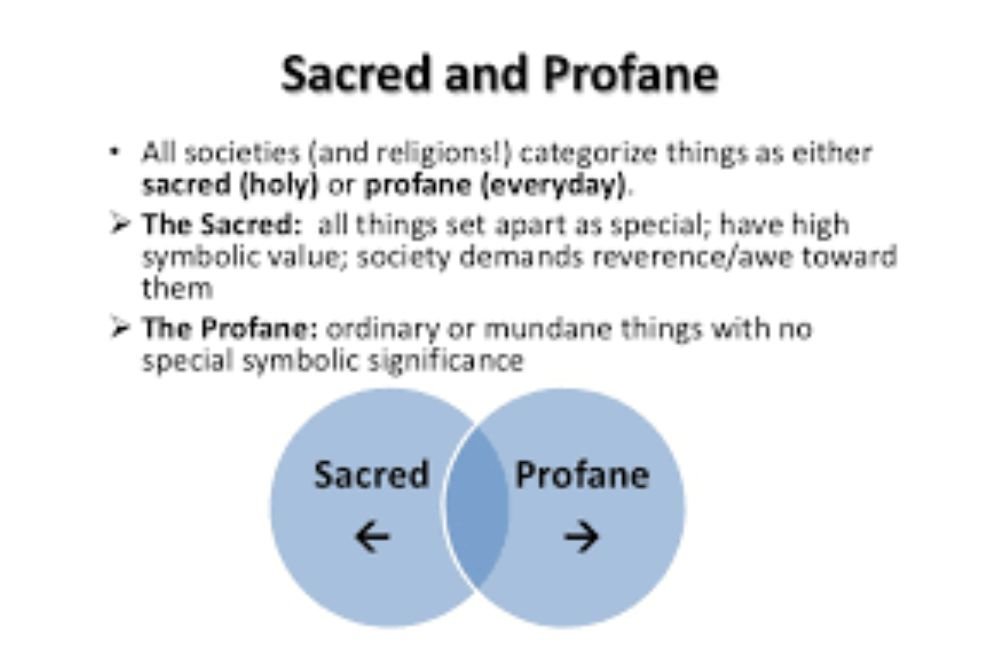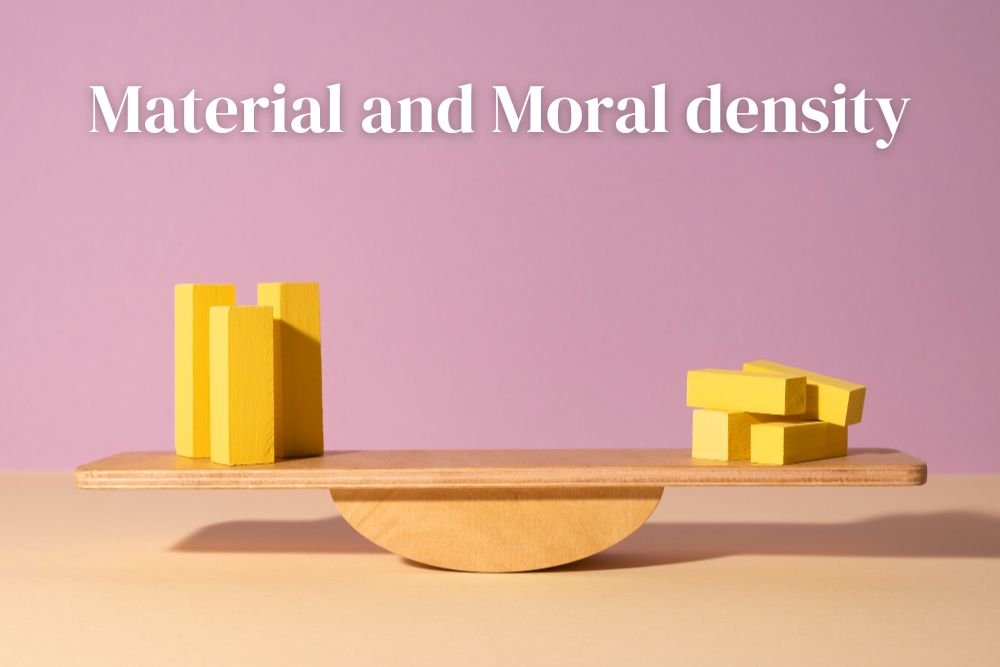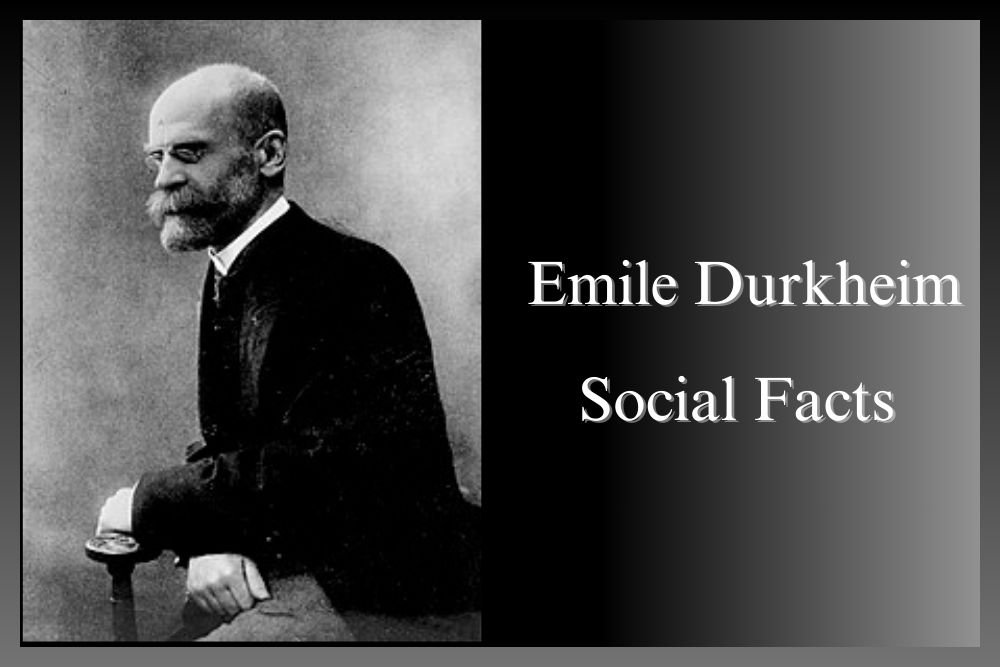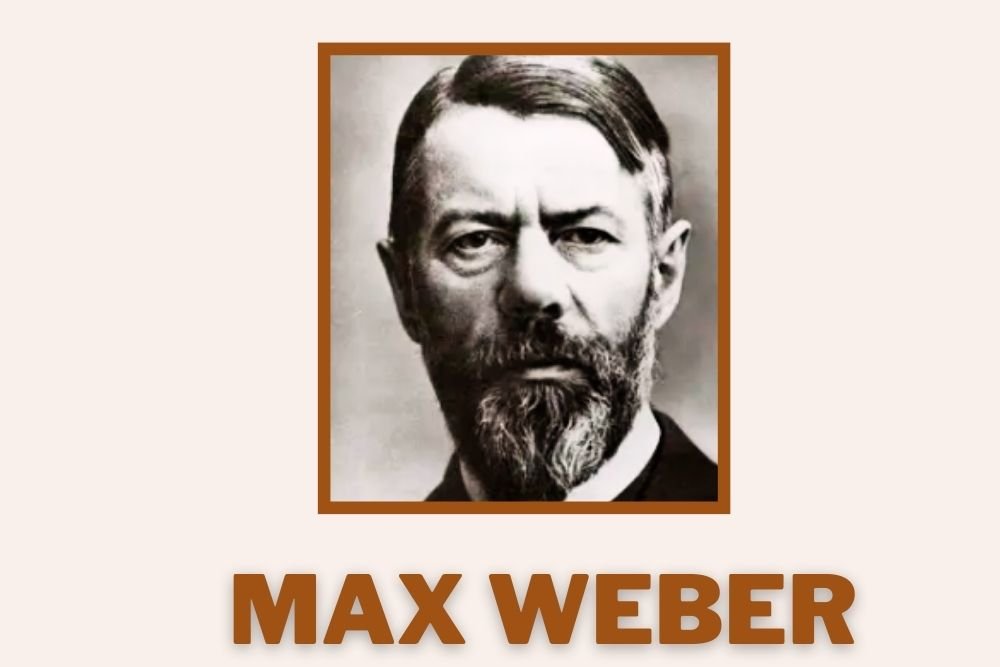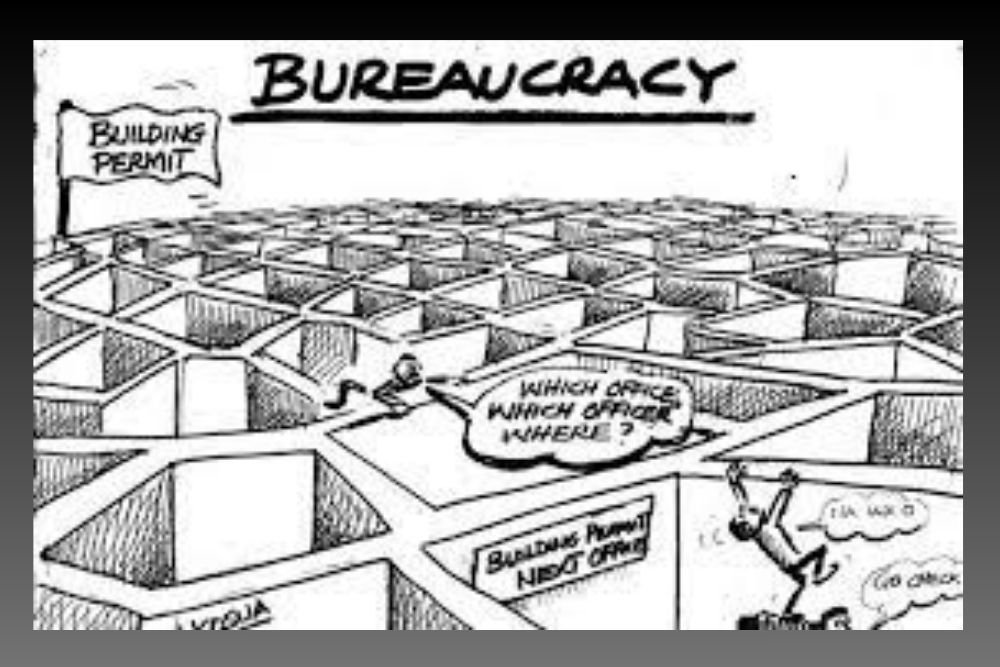
The concept of the division of labor, as elucidated by the esteemed sociologist Émile Durkheim in his seminal work "The Division of Labor in Society," constitutes a foundational and dynamic framework for comprehending the intricacies inherent in social organization. This sociological concept, born from Durkheim's profound insights, has not remained static but has undergone a continual evolution, weaving through the intricate fabric of societal structures and engaging scholars in nuanced explorations across various dimensions, thereby offering a comprehensive understanding of its multifaceted implications.
Durkheim's exploration of the division of labor transcends its economic dimensions, delving into the profound social and moral implications that accompany this phenomenon. It is a concept intricately interwoven with broader societal structures, influencing not only economic processes but also significantly contributing to the social and moral fabric of communities. The transition from traditional, pre-industrial societies characterized by mechanical solidarity to modern, industrialized societies marked by organic solidarity serves as a testament to the dynamic nature of the division of labor.
In societies characterized by mechanical solidarity, individuals share similar values, beliefs, and ways of life. The division of labor in such societies is minimal, with people performing similar tasks and roles, fostering a sense of cohesion and shared identity. However, as societies progress through industrialization and modernization, a shift occurs towards organic solidarity. This form of solidarity emerges from the interdependence of specialized roles and tasks, creating a complex web of social integration that reflects the evolving nature of human societies.
Durkheim's conceptualization of the division of labor extends beyond economic or technical arrangements to encompass profound social and moral implications. While the division of labor facilitates efficiency and specialization, it also gives rise to a dynamic system of interdependence. This interdependence transcends mere economic ties, influencing shared values and moral solidarity. According to Durkheim, this moral solidarity contributes significantly to the overall cohesion of society, creating a vibrant social tapestry where individuals are interconnected not only economically but also morally.
The foundational work of Durkheim has acted as a catalyst for further exploration and elaboration by subsequent scholars, enriching the discourse surrounding the division of labor. Peter Blau and Otis Dudley Duncan contribute significantly with their influential work "The American Occupational Structure." This work expands the discourse by examining the division of labor within the occupational structures of the United States. Their analysis delves into the intricate stratification and hierarchy inherent in the division of labor, shedding light on how certain occupations become more valued and rewarded than others, thereby contributing to social inequality. This socio-economic analysis provides valuable insights into the structural dimensions of the division of labor, emphasizing its role in shaping societal hierarchies.
Another noteworthy scholar, Harry Braverman, adopts a critical stance in his work "Labor and Monopoly Capital: The Degradation of Work in the Twentieth Century." Braverman extends the discussion to the realm of industrial capitalism, examining how the division of labor impacts the nature of work. His analysis argues that capitalist production processes lead to the degradation and deskilling of labor, offering a critical perspective on the consequences of the division of labor in the modern industrial context. This critical lens adds a layer of complexity to our understanding of how economic structures shape the lived experiences of individuals within the broader societal framework, thereby providing a nuanced view of the socio-economic implications of the division of labor.
The division of labor also finds resonance in the works of Max Weber, particularly in "The Protestant Ethic and the Spirit of Capitalism." Weber explores the intricate connections between religious beliefs and economic structures, providing a perspective that complements Durkheim's by emphasizing the cultural and religious influences on the organization of labor in society. This intersection of culture, religion, and economics further enriches the multifaceted nature of the division of labor, illustrating how societal values and beliefs influence economic structures and vice versa.
Expanding the discussion beyond the Western canon, the division of labor is a central theme in the works of scholars like Andre Gunder Frank and Immanuel Wallerstein within the context of dependency theory. Frank, in "Dependency and Development in Latin America," explores how the international division of labor perpetuates global inequalities. This perspective sheds light on how certain countries dominate economic production while others assume subordinate roles, emphasizing the global dimensions of the division of labor. This global perspective highlights the interconnectedness of societies and economies on a global scale, providing a holistic understanding of how the division of labor shapes global inequalities and influences the dynamics of the world economy.
In contemporary sociological discussions, the division of labor intersects with debates on globalization and the emergence of the knowledge economy. Scholars like Manuel Castells, in "The Rise of the Network Society," analyze how information technology and globalization reshape the division of labor, giving rise to new forms of economic and social organization. The advent of the digital age introduces new dynamics to the division of labor, emphasizing the role of information and knowledge as key components in shaping contemporary societal structures. This digital lens provides insights into how technological advancements influence the nature of work, communication, and social interactions, showcasing the ongoing evolution of the division of labor in the 21st century.
As we traverse through the complex tapestry of sociological discourse, the division of labor remains a dynamic and evolving concept. It intersects with debates on social integration, economic stratification, and global inequalities, providing valuable insights into the intricate dynamics of modern societies. From the stratification of occupations to the cultural and global dimensions, the division of labor continues to be a focal point for sociological inquiry, offering a comprehensive lens through which scholars examine the complexities of social organization in various cultural, historical, and economic contexts.
The historical evolution and contemporary manifestations of the division of labor unveil its enduring relevance in understanding the multifaceted nature of societal structures and dynamics. By embracing a holistic approach that spans historical, cultural, and global contexts, scholars can continue to unpack the layers of the division of labor, offering nuanced insights into its ever-evolving role in shaping the intricate tapestry of human societies. This ongoing exploration ensures that the division of labor remains a vibrant and integral component of sociological inquiry, contributing to the broader understanding of how societies organize and function in the present and the future. As we navigate through the rich tapestry of sociological thought surrounding the division of labor, it becomes evident that its study is an ever-unfolding journey, with each layer of analysis revealing new dimensions and complexities that shape the socio-economic landscape.











































